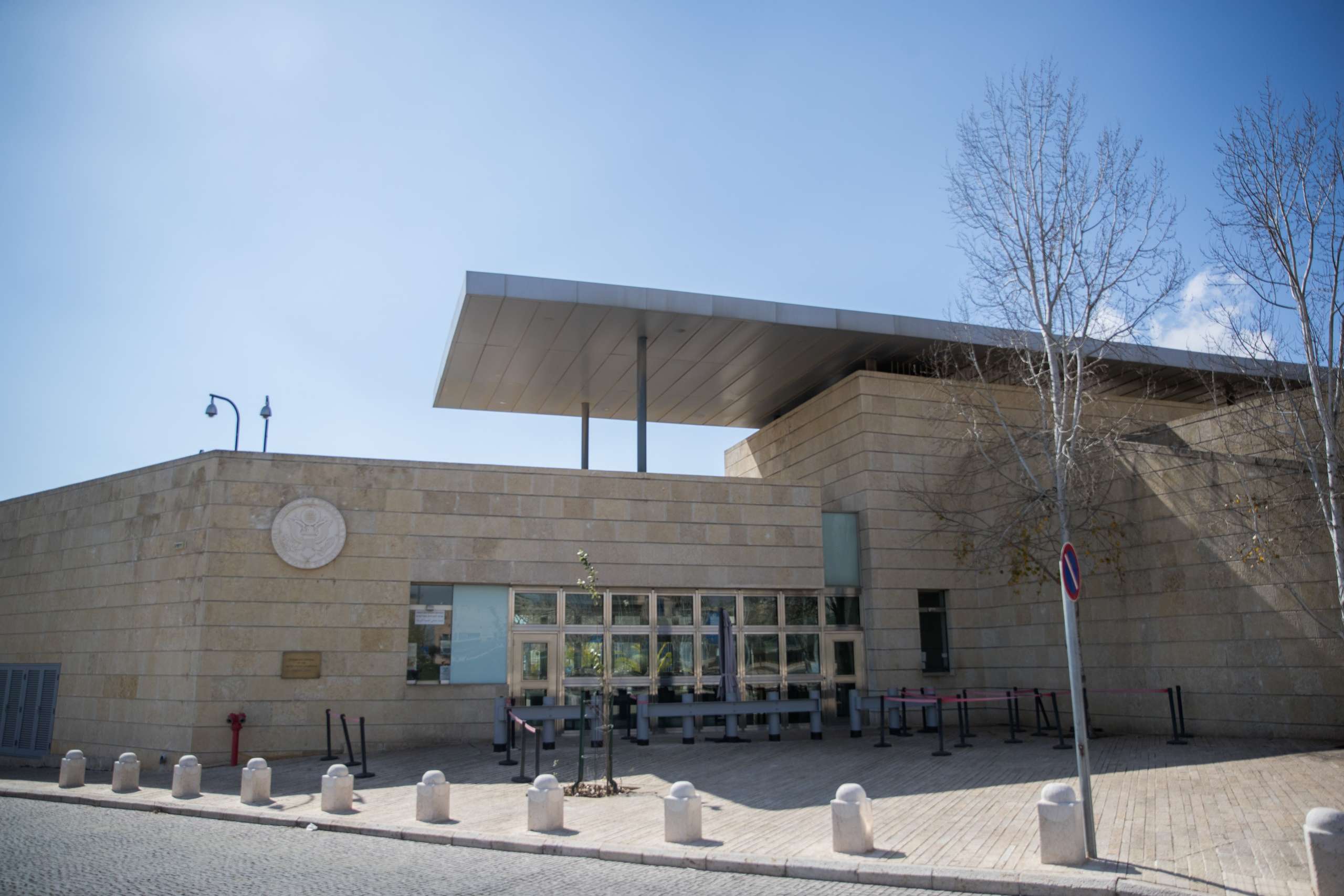It turns out that moving the U.S. embassy to Israel from Tel Aviv to Jerusalem is even more controversial than some of the Trump administration’s critics thought.
Of course, their predictions that U.S. recognition of what has been a reality for 70 years—that Jerusalem is Israel’s capital—would set the world on fire were false. Instead of inciting riots to rival those that occurred when a Danish newspaper published cartoons of the Prophet Muhammad, the Arab world just shrugged. Even the Palestinians couldn’t muster up enough enthusiasm to keep protests going for more than a few days.
Trump’s decision was not only long overdue, it also made it clear that rather than encourage the Palestinians to be intransigent—as President Obama’s sole focus on pressuring Israel had done—the United States wasn’t prepared to tolerate the Palestinian Authority’s continued refusal to make peace or its bankrolling of terrorism.
The Saudis and other Arab governments urged the Palestinians to take yes for an answer when Trump made it clear that his actions didn’t foreclose a two-state solution if they wanted one, which they clearly did not.
But, as is so often the case in the Middle East, even the simplest part of the policy shift has proven to be problematic.
Instead of waiting to build a new embassy, America did the smart thing, and is now simply going to hang a new sign on the facility that currently serves as its Consulate to Jerusalem. But it turns out that the building is partially located in what was, from 1949 to 1967, an area designated as No Man’s Land between Israeli West Jerusalem and the part of the city that was illegally occupied by Jordan. Though the embassy sits on only a tiny portion of this territory and has actually been under continuous Israeli use since 1949, as far as the Palestinians and much of the world is concerned, it’s located on “occupied territory.”
But rather than being an unfortunate mistake, the location makes it clear how crazy it would be to try, as many advocates of the peace process insist must happen, to redivide the city. Instead of restructuring a partitioned city, the world should recognize that such a dangerous scheme would only hurt Jerusalem and do nothing to advance the cause of peace.
The reason for the creation of a No Man’s Land was that it was the result of the military stalemate in the city during Israel’s War of Independence in 1948. While the Arab attempt to besiege Jewish Jerusalem failed, the Jordanian army’s invasion caused the fall of the Jewish Quarter of the Old City, and the eviction of its Jewish inhabitants and destruction of all of their synagogues. Ultimately, a stable front line that stretched like an ugly scar throughout the city was established.
For 19 years, the holiest of Jewish religious shrines—the Temple Mount and the Western Wall—were effectively rendered Judenrein; Jews only dreamed of ever being able to pray there again.
Thanks to a catastrophic error by Jordan’s King Hussein, the city was unified in 1967. Despite warnings from Israel to stay out of the conflict, Jordan started shelling Jewish Jerusalem in support of Egypt and Syria on the first of the dramatic six days in June that year. When Israeli forces broke through, not only were the Jews reunited with their holy places, but the walls that had rendered Jerusalem a stunted, divided city were also torn down.
In the 50 years since then, new Jewish neighborhoods were built in those parts of the city that were formerly occupied by Jordan. Arab neighborhoods suffered partly from the neglect of the municipality and partly because Palestinians refused to share in the life of the united city, preferring instead to nurture dreams of Israel’s destruction.
In theory, at least some of those neighborhoods could serve as a capital of an Arab state if the Palestinians were willing to accept a two-state solution. Though in some ways the city has never been fully unified because of the ethnic/religious divide, even the cleverest advocate of two states has yet to come up with a formula that would enable Jerusalem to function if, in the name of peace, the old walls that divided West from East Jerusalem were reconstructed.
While the dreamers of peace envision an urban microcosm of the late Shimon Peres’ idea for a “New Middle East,” in which cooperation would prevail, the reality of a redivision of Jerusalem would be very different. There is little doubt that a border through the urban landscape of the Jerusalem of today would be an even bigger strategic nightmare than the one the Israel Defense Forces faced in 1967. And security would be, at best, a haphazard affair.
Where would the new “No Man’s Land” run? All we know for sure is that there would likely be such a zone, and the life of the city would be drastically affected. We also know that if Jewish holy places were no longer solely under the protection of Israeli forces, free access for Jews would be doubtful.
That’s why it’s probably a good thing that the new embassy sits at least partially outside the old “green line.” Whatever choices the two sides make in the future, recreating the brutal division in the city created by an invasion whose aim was Israel’s destruction is a non-starter. The U.S. embassy is as good a place as any for the world to start recognizing that tearing the holy city apart again will only serve to ensure the continuation of conflict, not its resolution. That’s something that all lovers of Jerusalem—and peace—should seek to prevent.


























